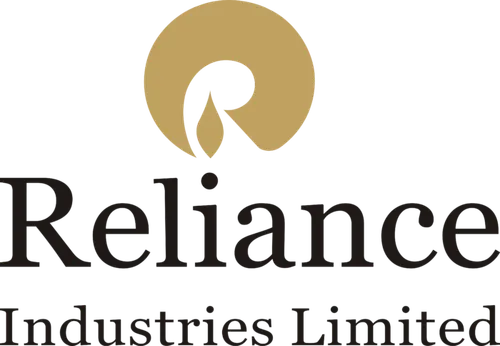India is fast-tracking its trade and investment ties with Gulf nations, eyeing strategic economic depth amid continued tensions with Pakistan. With an already-inked free trade pact with the UAE and comprehensive talks underway with the Gulf Cooperation Council (GCC), India is now preparing to sign a landmark deal with Oman — its oldest partner in the Gulf — as early as this month.
“Only a few issues are left to be resolved with Oman and an announcement could be made this month,” a top-level official familiar with the discussions told Economic Times.
India-Oman FTA in final stages; announcement likely in May
The proposed India-Oman Comprehensive Economic Partnership Agreement (CEPA) began formal negotiations in November 2023. The upcoming trade pact will further liberalise tariffs, ease investment flows, and improve market access in sectors such as petrochemicals, fertilisers, food, and heavy machinery. As per government data, India’s exports to Oman stood at $4.42 billion during April–February FY25, while imports reached $4.52 billion — largely led by petroleum products and urea.
Qatar, UAE, GCC in India’s long-term gameplan
After a successful CEPA with the UAE in 2022, India is looking to replicate the model with other Gulf nations. Talks with Qatar are also gaining traction, especially following Emir Sheikh Tamim bin Hamad Al Thani’s visit to Delhi in February. “Qatar is actively looking to invest in India’s infrastructure and green energy space,” the official added.
The GCC — comprising Saudi Arabia, UAE, Qatar, Kuwait, Oman and Bahrain — remains a central piece of India’s West Asia economic outreach. India is pushing to complete a broader FTA with the GCC bloc that would cover trade, investment protection, energy security, and technology collaboration.
Trade over turmoil: Gulf states remain neutral amid Indo-Pak tensions
Interestingly, most Gulf countries have taken a neutral stance amid the recent India-Pakistan tensions. They have largely urged restraint while continuing to deepen bilateral economic cooperation with India. The strategy appears to signal a shift in the region’s focus towards long-term trade stability rather than political posturing.
Robust FDI, DTAA and JV momentum with Oman
India and Oman have also upgraded their Double Taxation Avoidance Agreement (DTAA) to align with global standards. Bilateral investments have been robust — joint ventures in Oman are pegged at $776 million as of December 2023, while FDI inflows from Oman to India reached $597.14 million between April 2000 and June 2024.
What’s at stake: A Gulf gateway to energy and investment security
The Gulf remains a critical corridor for India’s energy and fertiliser needs, and for outbound exports in automotive, machinery, and agri products. India’s key exports to Oman include light oils, aluminium oxide, aircraft, ships, rice, tea, and meat. Imports are dominated by petroleum, urea, pet coke, and polymers.
With CEPA deals accelerating, India is poised to position the Gulf as a dependable partner for supply chain security, manufacturing expansion, and green transition investments.
India is playing the long game — locking in economic muscle in the Gulf while Pakistan struggles for relevance. Trade diplomacy, not tension, is India’s chosen path to influence in the region.
Anurag Dhole is a seasoned journalist and content writer with a passion for delivering timely, accurate, and engaging stories. With over 8 years of experience in digital media, she covers a wide range of topics—from breaking news and politics to business insights and cultural trends. Jane's writing style blends clarity with depth, aiming to inform and inspire readers in a fast-paced media landscape. When she’s not chasing stories, she’s likely reading investigative features or exploring local cafés for her next writing spot.





